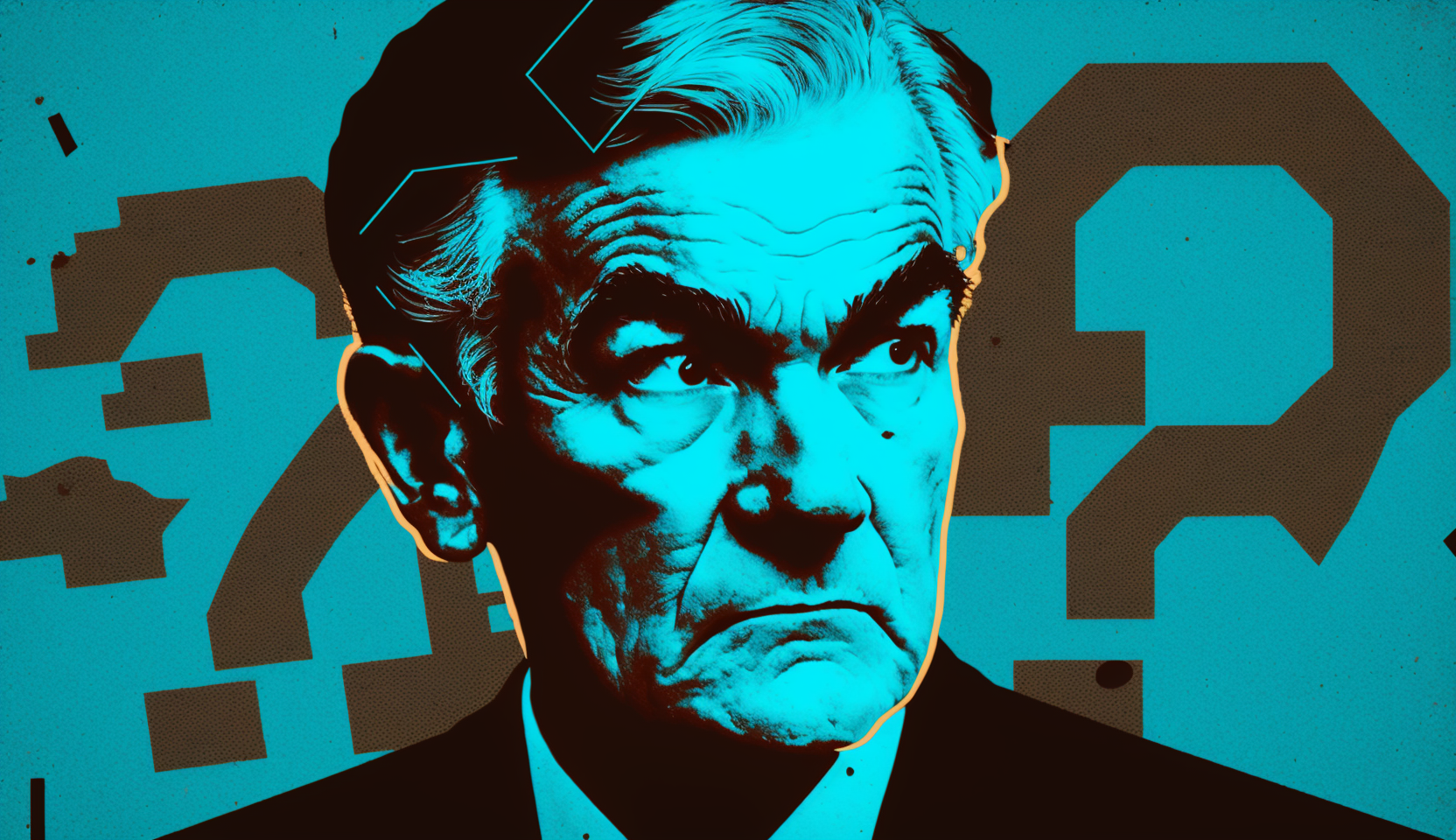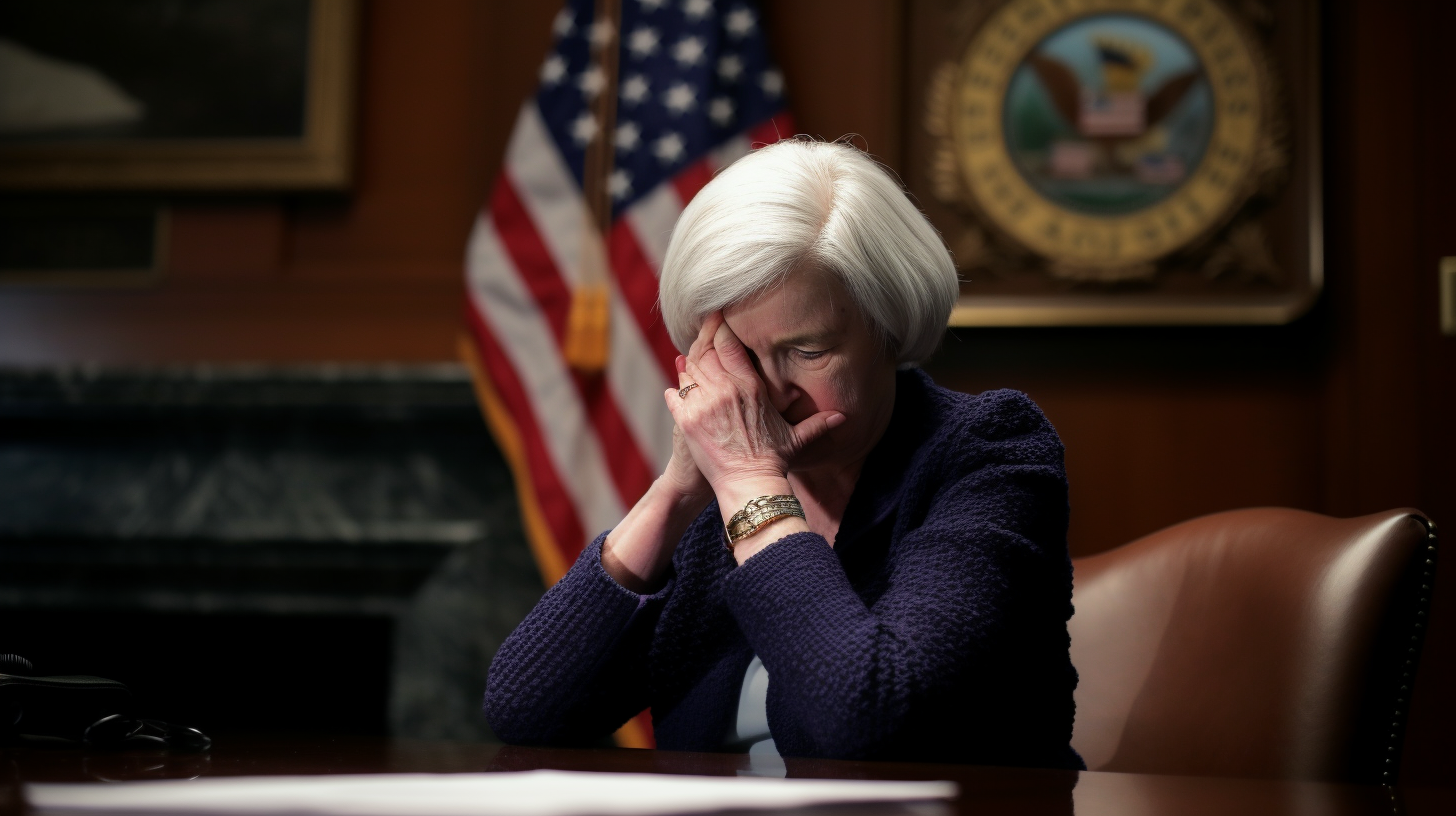U.S. consumer confidence increased substantially in December to reach its highest level in five months, according to new data from the Conference Board. The confidence index now stands at 110.7, up sharply from 101.0 in November. This surge in optimism indicates consumers have a brighter economic outlook heading into 2024.
The gains in confidence were broad-based, occurring across all age groups and household income levels. In particular, confidence rose sharply among 35-54 year olds as well as those earning $125,000 per year or more. Consumers grew more upbeat about both current conditions and their short-term expectations for business, jobs, and income growth.
The large improvement in consumer spirits is likely the result of several positive economic developments in recent months. Stock markets have rebounded, mortgage rates have retreated from their peaks, and gas prices have declined significantly. Many shoppers also appear to be returning to more normal holiday spending after two years of pandemic-distorted patterns.
Labor Market Resilience Boosts Spending Power
Driving much of this economic optimism is the continued resilience in the labor market. The survey’s measure of jobs plentiful versus hard to get widened substantially in December. This correlates with the 3.7% unemployment rate, which remains near a 50-year low. Robust hiring conditions and rising wages are supporting the consumer spending that makes up 70% of GDP.
With inflationary pressures also showing signs of cooling from 40-year highs, households have more spending power heading into 2023. Consumers indicated plans to increase purchases of vehicles, major appliances, and vacations over the next six months. This points to solid ongoing support for economic growth.
Fed Rate Hikes Could Be Nearing an End
Another factor buoying consumer sentiment is growing expectations that the Fed may pause its rapid interest rate hikes soon. After a cumulative 4.25 percentage points of tightening already delivered, markets are betting on a peak rate below 5% in early 2024.
This prospect of nearing an end to historically-aggressive Fed policy has sparked a powerful rally in rate-sensitive assets like bonds and stocks while boosting housing affordability. With inflation expectations among consumers also falling to the lowest since October 2020, pressure on the central bank to maintain its torrid tightening pace is declining.
Housing Market Poised for Rebound
One key area that could see a revival from lower rates is the housing sector. Existing home sales managed to eke out a small 0.8% gain in November following five straight months of declines. While higher mortgage rates earlier this year crushed housing affordability, the recent rate relief triggered a jump in homebuyer demand.
More consumers reported plans to purchase a home over the next six months than any time since August. However, extremely tight inventory continues hampering sales. There were just 1.13 million homes for sale last month, 60% below pre-pandemic levels. This lack of supply will likely drive further home price appreciation into 2024.
The median existing-home price rose 4% from last year to $387,600 in November. But lower mortgage rates could bring more sellers and buyers to the market. Citigroup economists project stronger price growth next spring and summer as rates have room to decrease further. This would provide a boost to household wealth and consumer spending power.
Economic Growth Appears Solid Entering 2024
Overall, with consumers opening their wallets and the job market thriving, most economists expect the US to avoid a downturn next year. The sharp rise in confidence, spending intentions, and housing market activity all point to continued economic growth in early 2024.
Inflation and Fed policy remain wildcards. But the latest data indicates the price surge has passed its peak. If this trend continues alongside avoiding a spike in unemployment, consumers look primed to keep leading GDP forward. Their renewed optimism signals economic momentum instead of approaching recession as 2024 gets underway.













